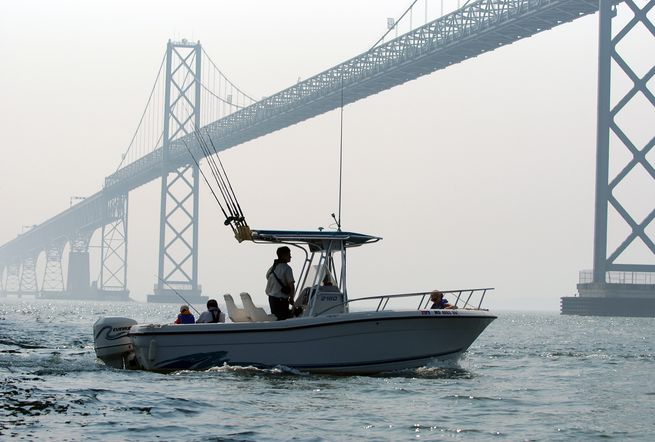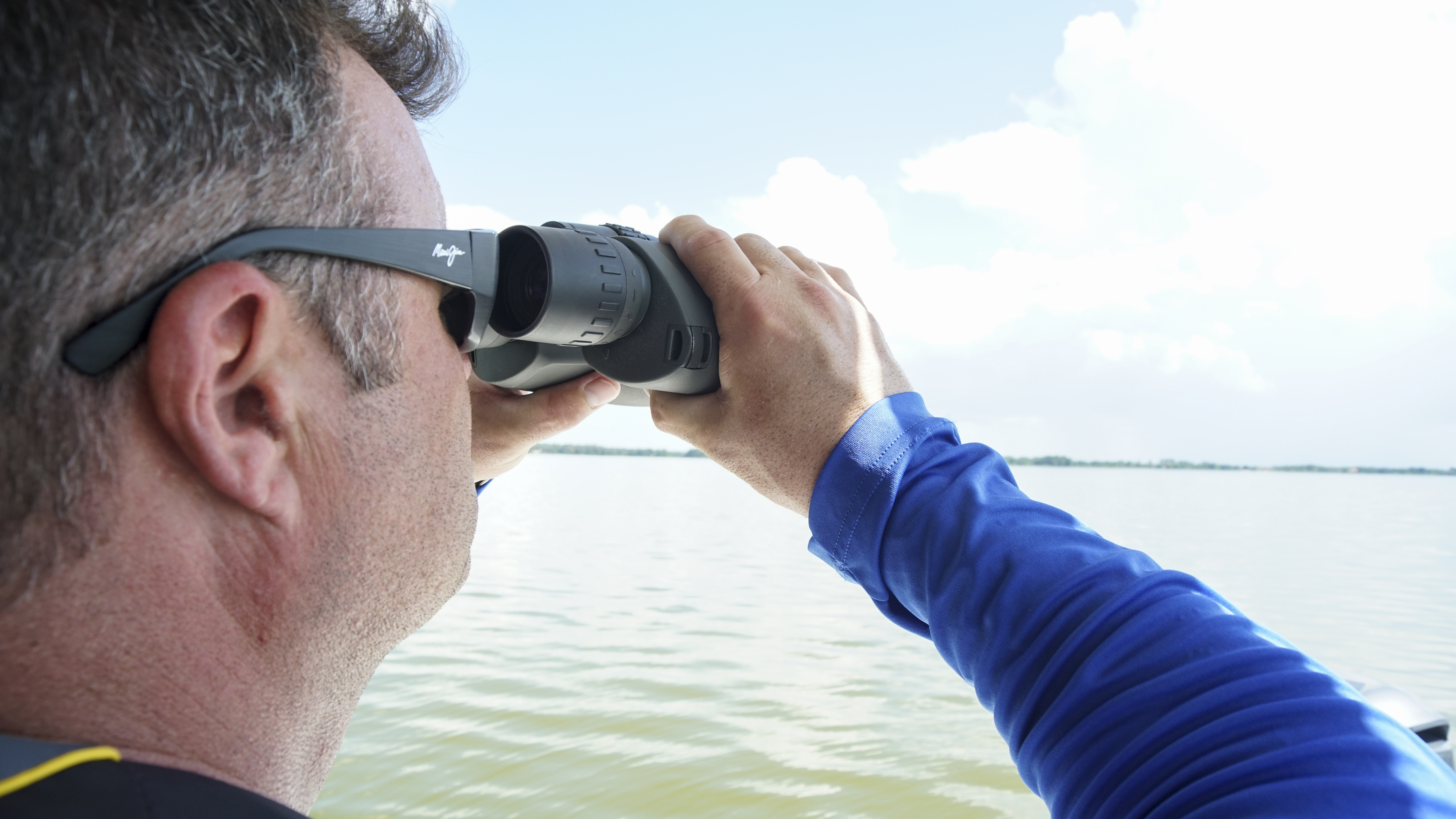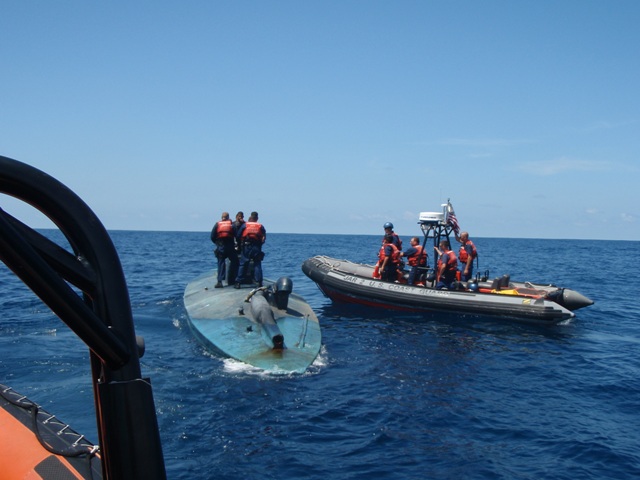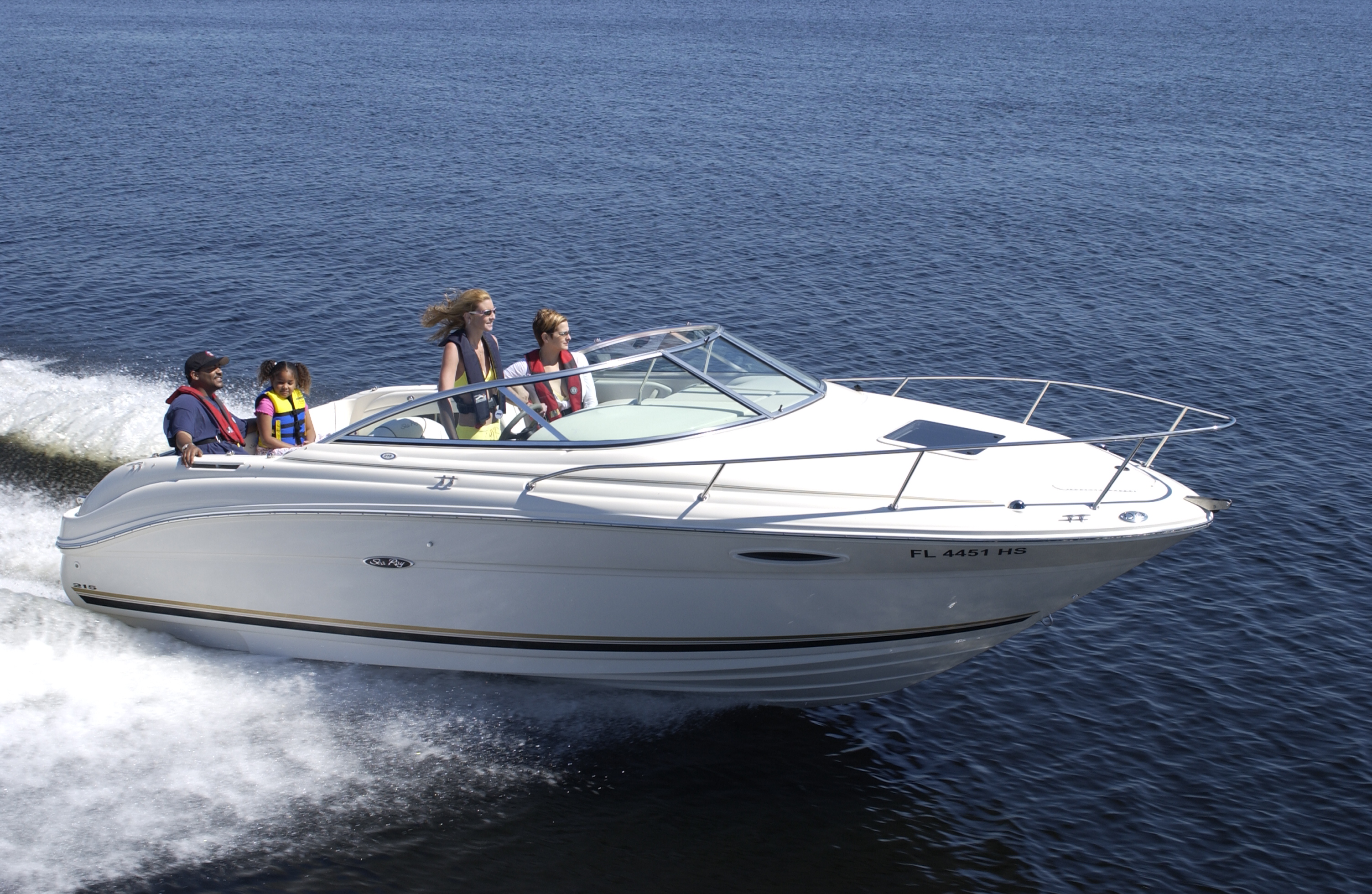Five Timeless Seamanship Lessons

In his Seamanship column for Boating’s July 1960 issue, Elbert Robberson wrote: “In daylight, objects around you are easy to identify. They are big or little, short or long, round or square, and they appear very plainly to be bridges, docks, land, beacons, buoys, or boats of various kinds heading one way or another. But at night, all of these familiar shapes disappear, and all that is left are pinpoints of light: some white, some green, some red, orange or whatever. If you cannot ‘read’ these lights, you should be ashore, preferably at home, studying navigation lights.”
A lot about boating has changed in the decades since Robberson penned these words, but the need for understanding navigation lights is a seamanship skill that still applies today. This is precisely why our Seamanship column is still one of our most important pages each month — despite the innovations in engines, boat design, construction and electronics that make boating a safer pastime than ever, you still need to know the basics when you head out on the water. Here are four other timeless gems culled from our Seamanship column over the years.
Have a Plan B
In his Seamanship column for our January 1958 issue, Robberson addressed how to prepare an inexperienced crew to help in emergencies. “First of all,” he wrote, “unless you know firsthand that your passengers are skilled at boating, assume they know nothing of what goes on inside the gunwales.” Robberson goes on to suggest assigning crew members different tasks, giving them each a role to play on board. Have one handle cushions and life jackets, for example, another handle the dock lines, and review the helm and engine with another. That way, everyone has a specific task when you need help. As Robberson wrote, “From the time they board the boat, get them interested in doing things, and they will not only be better company and enjoy the boat ride more, but they will also be good for something in an emergency.”
Anchors Away
In her January 1977 column, Elleen Holm Matthew wrote about anchoring in all sorts of conditions. While windlasses have made some of her points moot, her thoughts on scope still hold true. “With a short scope, the holding power of even the best and heaviest anchor is reduced because the high angle of pull tends to break the anchor out,” she wrote. “Government tests have shown that a scope of 7 to 1 is right for average conditions, at least 5 to 1 for ideal conditions, and 10 to 1 during a blow.” Right on, Ms. Matthew.
Do No Harm
Bob Armstrong wrote about seamanship for the magazine in the 1980s, and in our March 1983 issue, he addressed the confusion some boaters have regarding right of way. First and foremost, it’s a boater’s job to prevent collision. On this, he opined: “And that’s why one of the underlying principles is the more maneuverable vessel stays out of the way of the less maneuverable. Sailboats watch out for rowboats, powerboats watch out for sailboats, we all watch out for work stations. … Likewise, our smaller craft are supposed to give way to ships in tight quarters because we can get out of their way easier than they can get out of ours.”
Backing In
Former staff pundit Stuart Reininger laid it on the line in our November 1998 issue when he declared about docking in a slip: “Sailboats bow in. Powerboats back in. We have a tradition to uphold.” (We still like to uphold it.) When the wind and current are stacked against you, Reininger recommended the spring-line method. He wrote: “Lay the boat along the pilings fronting the end of the dock or, if there are no pilings, along the end of the dock itself, with the stern protruding into the slip. Wrap a line around a midship cleat. … Loop it around the piling or a cleat on the dock with the bitter end in your hand and back down. Turn the wheel toward the dock, set the line tight until the stern begins to work around, then ease off as the stern swings into the slip and you’re home-free.”
Quick Tip: When it comes to docking, there’s a timeless saying to help you work your way in. “Go slow like a pro, fast like an ass.” In other words, slow and steady wins the docking race.
* * * * *
The U.S. Coast Guard is asking all boat owners and operators to help reduce fatalities, injuries, property damage, and associated healthcare costs related to recreational boating accidents by taking personal responsibility for their own safety and the safety of their passengers. Essential steps include: wearing a life jacket at all times and requiring passengers to do the same; never boating under the influence (BUI); successfully completing a boating safety course; and getting a Vessel Safety Check (VSC) annually from local U.S. Coast Guard Auxiliary, United States Power Squadrons(r), or your state boating agency’s Vessel Examiners. The U.S. Coast Guard reminds all boaters to “Boat Responsibly!” For more tips on boating safety, visit www.uscgboating.org.




